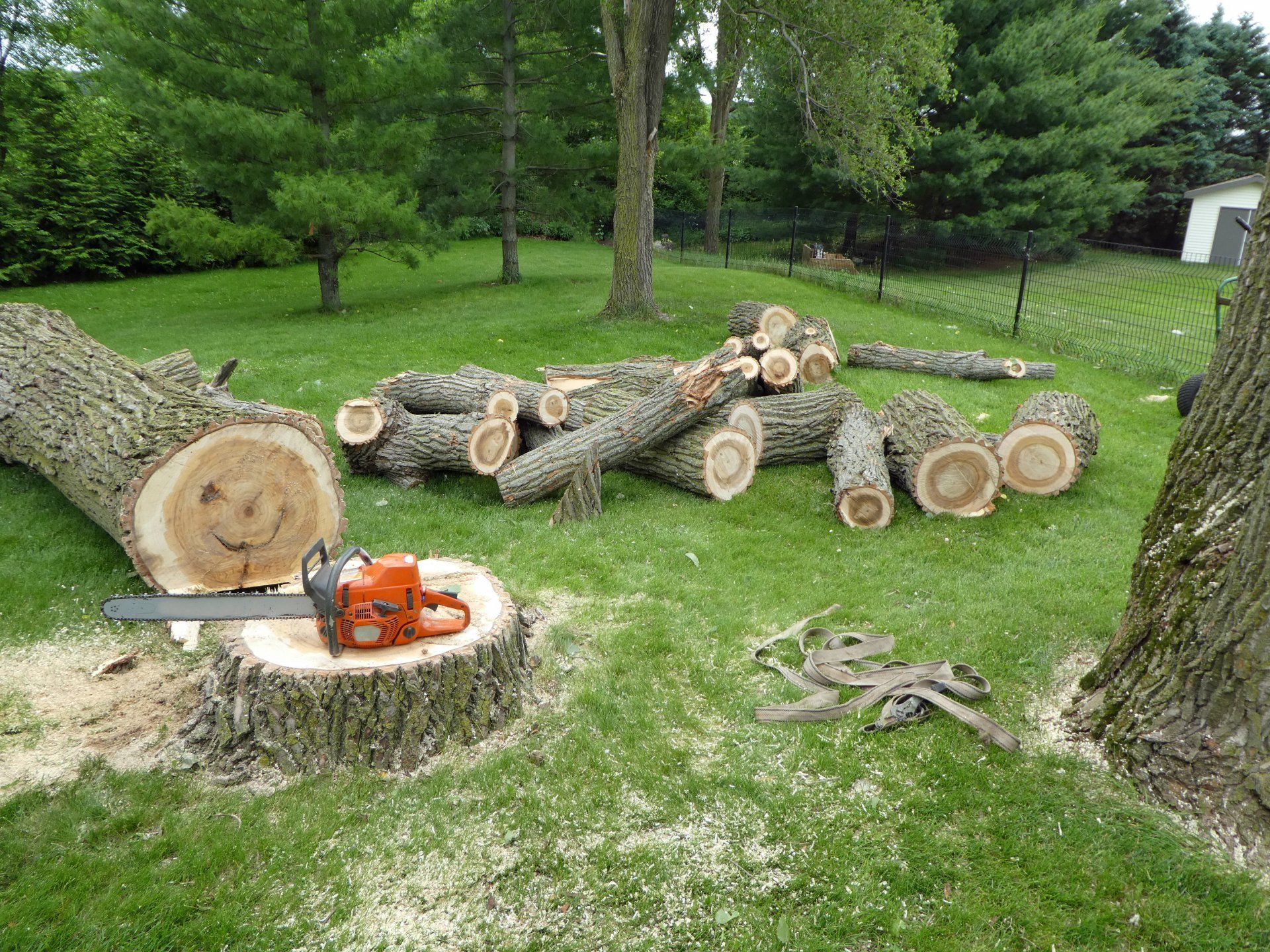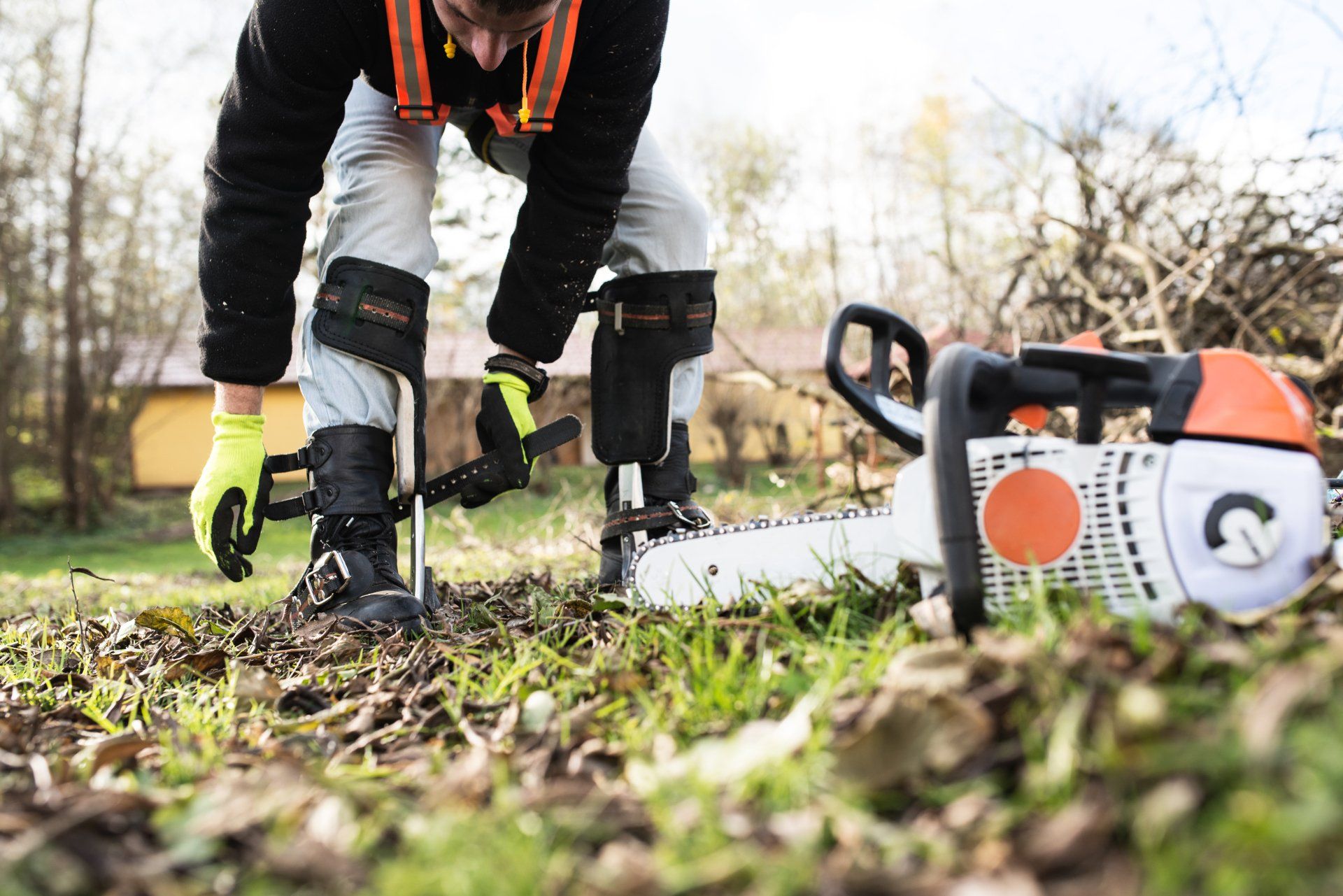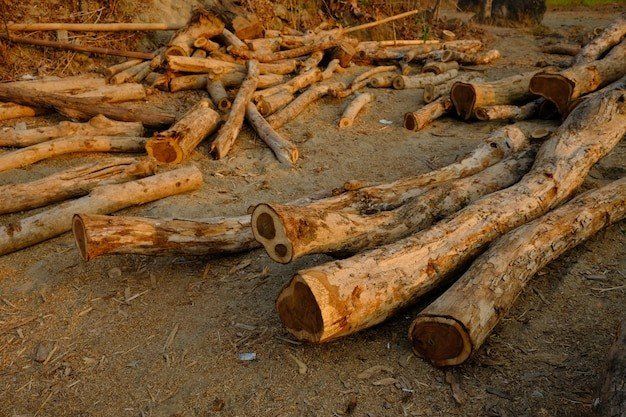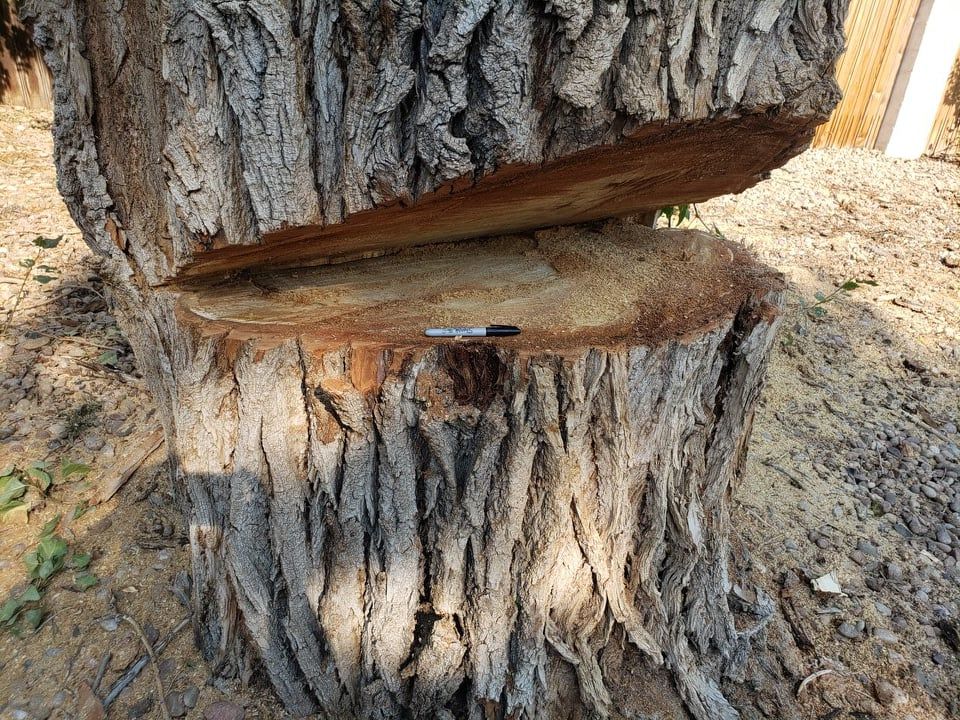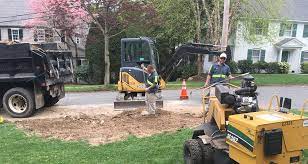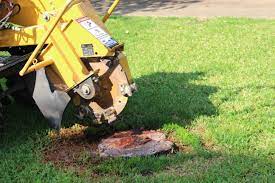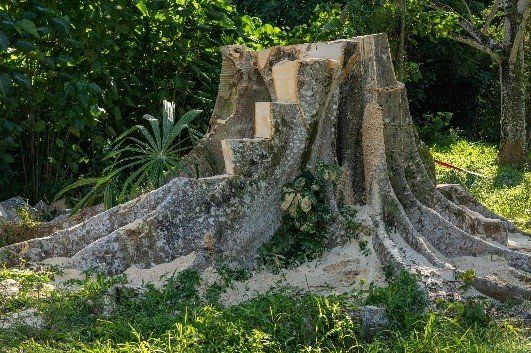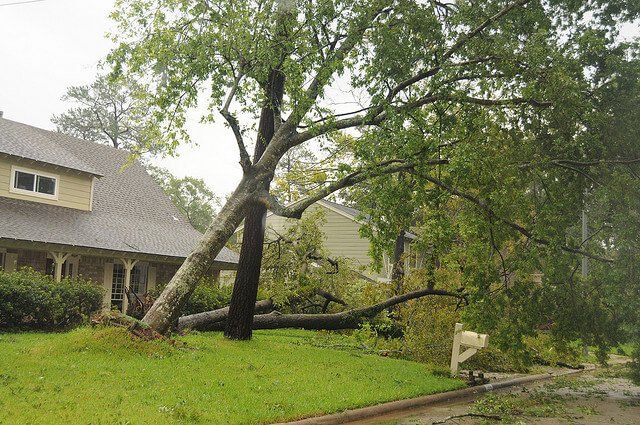What does Epsom salt do to tree stumps?
What does Epsom salt do to tree stumps?
If you’ve ever had to remove a tree in your yard, you probably have a stump remaining. Stumps can be unsightly and take up space for a long time. Fortunately, there are many ways to get rid of them so they don’t take up unnecessary room. Epsom salt is a great solution because it’s an affordable and natural way to give your yard a new look. Here’s why, and how, you can use Epsom salt to help you get those unwanted tree stumps out of your yard permanently.
What is Epsom salt?
Epsom salt, also known as magnesium sulfate, is a naturally occurring mineral compound used in a variety of home and medical applications. The word “Epsom” refers to Epsom in Surrey, England, where the presence of mineral springs containing magnesium sulfate was first documented in the year 1618. Almost everyone has heard of Epsom salt for its use in baths, but you can also use it for many other purposes. Epsom salt is very useful for trees because it has a high concentration of magnesium. Trees thrive on a healthy supply of magnesium because it can help prevent disease and pests, resulting in bigger and more plentiful crops. It can also help trees grow more quickly. Epsom salt is also a source of sulfates, which are important to plant growth.
How does Epsom salt help remove tree stumps?
Magnesium is the key. The Epsom salt acts as a fertilizer to help the stump decompose more quickly. The stump will likely be gone in a few months. With the help of the Epsom salt, it will decompose faster. The stump will be gone before you know it. Epsom salt is a natural product that is safe for the environment and for your trees and plants. It can be applied without any side effects or hazards to humans or the environment. Using Epsom salt on your tree stumps will end up giving you a healthier and better looking yard.
How to use Epsom salt to get rid of tree stumps?
First, you should make sure that the stump is completely dead. You can do this by digging up the stump and making sure that the inside of the stump is completely decayed. If there is any part of the stump that is still green, you will have to keep watering it with the Epsom salt. Once you’re sure the stump is completely dead, you can sprinkle Epsom salt around the stump. Be careful not to put it directly on the stump because it can cause it to decompose even faster. You can sprinkle it around the stump every couple of months. This will help it decompose more quickly and make your yard look better.
Other benefits of using Epsom salt on tree stumps
There are many other benefits of using Epsom salt on your tree stumps. Once the stump is gone, your yard will look a lot nicer and have more space to add new plants or trees. Since the stump will have been taken care of by the Epsom salt, you won’t have to worry about it. This will lessen your work load and make for a nicer yard. You can use the area where the stump was to add more plants or trees, or you can use it for other purposes. Using Epsom salt on your tree stumps is a great idea because it is eco-friendly, chemical-free, and easy to do. You don’t have to spend a lot of money on chemicals to get the same effect.
Limitations of using Epsom salt to get rid of tree stumps
Like with anything, there are also some limitations to using Epsom salt to get rid of tree stumps. Since the stump is being fed by the Epsom salt, you will have to keep feeding it to keep it alive. If you don’t feed it, the stump will die off. You will have to keep adding Epsom salt to the stump to keep it alive. This means you might have to water your stump a few times a week. This can become a hassle, especially during the hot summer months. If you have a large tree stump you have to deal with, it might take a very long time for the stump to decompose. It all depends on the size of the stump. The larger the stump, the longer it will take to decompose.
Conclusion
Epsom salt is a great natural product that can help remove tree stumps. It is chemical-free and safe for the environment. It is also very affordable. You can use Epsom salt for many other things like relieving joint pain and softening your skin. It’s a great product that you should keep in your home. Epsom salt has a lot of benefits, not only for your trees, but also for people. So don’t forget to add it to your shopping list when you go to the store!
